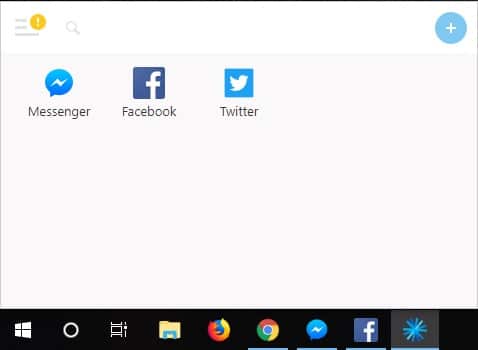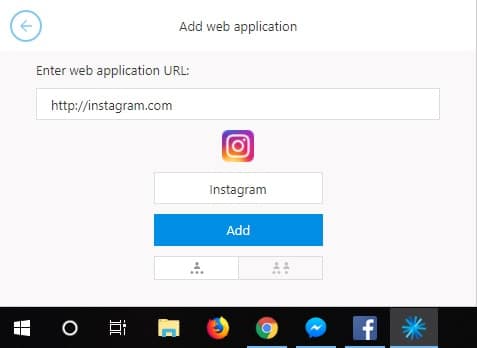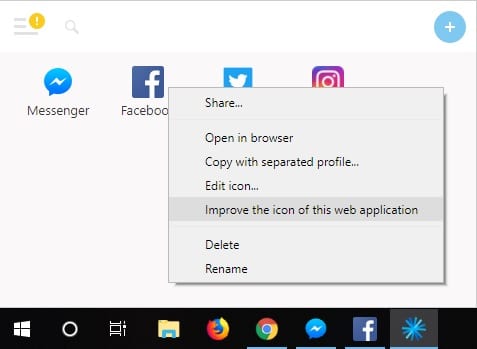Native apps have been all the rage for the best part of this decade. The availability of apps, or lack thereof, has made and killed various mobile operating system platforms. Microsoft has been trying to get developers interested in developing apps for Windows Mobile. They tried giving money, then made the apps universal to try and take advantage of their dominance in the desktop market. Nothing seems to have worked much for Microsoft’s mobile dream. And yes, nobody needs a Facebook app on the desktop or even a Twitter app. But there are some apps that you do need. Firework allows you to turn websites into desktop apps on Windows 10, thus filling the gap.
Before you jump to conclusions, this is not even remotely similar to the Progressive Web Apps or PWAs found on Android. Firework wraps up a website in a window, without the interface of a browser. This essentially results in a website’s interface with the usual Window borders, like a native app. That’s not all Fireworks does, it is significantly faster than loading a website in your browser. The loading times are almost non-existent. Once you’ve added an app and run it, it opens up when you click it. Even a website like Facebook opens instantly and you can pin it to your taskbar like any normal desktop app. Not every website is treated the same, and you can’t pin certain websites to the taskbar. Not just websites, you can also pin an internet speed meter on the Windows taskbar.
Firework is essentially a browser, except it does not support most browser features such as tabs. Its focus is elsewhere, so that’s expected. You can download it from the official website linked below.
There is another app called Nativefier for Windows, macOS, and Linux that lets you turn web apps into desktop apps.
Turn websites into desktop apps on Windows 10
- Download and install Firework, and run it.
- Upon launching it, you will see a small window near the start button, with a few apps installed. These would be Word Online, Messenger, Pocket, and SoundCloud. I’ve changed things a little as you can see in the screenshot below.

- To add a new website or page click the ‘+’ button in the top-right and enter the URL. It fetches the website name and favicon/icon, after which you can edit.

- When you’re satisfied with the icon and name, click Add. You can change any of it later with a right-click.
Get familiar with Firework
You’ll now see the website’s icon in Firework, and you can launch it by clicking on it. If you right-click on an icon, you get the following options:
- Share
- Open in browser
- Copy with a separate profile
- Edit icon
- Improve the icon of this web application
- Delete
- Rename
These are quite self-explanatory except for Improve the icon of this web application. It simply sends a request to the developers to look at the favicon or name fetched for a website and change things around, in case it’s not fetching the correct data.
If you click on the drawer icon in the top-left and enter Settings, you’ll find the following options:
- Language
- Speedup of Apps
- Run with system
Speedup of Apps lets you decide how many apps should stay in memory for a quick launch. The more apps in memory the more resources will be consumed. Run with the system, in case you couldn’t guess, lets you enable or disable automatic startup of apps when you turn on your PC.
That’s all for now, You have successfully learned how to turn websites into desktop apps on your Windows 10 PC.
Read Next: How to Run Android Apps on a Windows 10 PC

